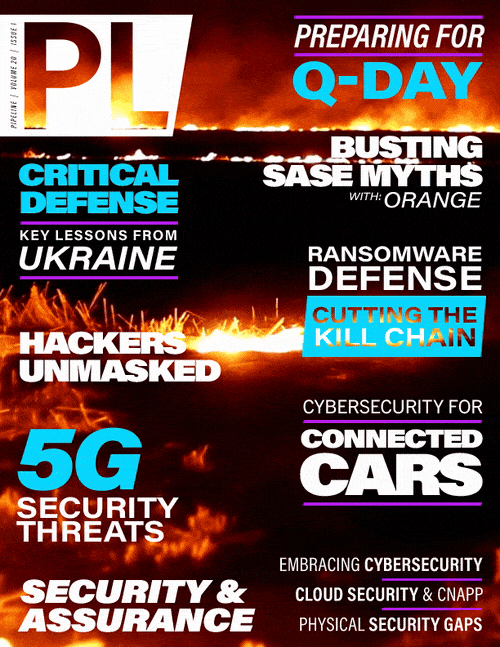Six 5G Security Threats to Prepare For
By: Miguel Carames

From the onset, 5G technology created high expectations, spanning from improved energy efficiency to accommodating a high density of IoT devices. Moreover, it promises to provide substantially higher data speeds and lower latencies compared to earlier generations. However, amid all these advancements, one element of 5G in particular has really stirred excitement: network slicing. This technology offers an unprecedented level of flexibility in the way we design, manage, and utilize our networks. Advances such as this, however, often carry hidden elements of risk. This article addresses both the opportunities and the risks operators should consider when offering network slicing.
Tailoring 5G Networks for Slicing
Network slicing is made possible by the introduction of 5G Standalone (5G SA), which enables the creation of virtualized, isolated logical networks, each tailored to specific needs and requirements. One of the most exciting features that network slicing enables is the ability to allocate resources dynamically and to place applications within network slices with appropriate service level requirements. For instance, a gaming platform can be offered through a low-latency, high-bandwidth slice, while a smart factory may prioritize reliability and stability over speed. This granular control over resources ensures that the network is optimized for a diverse range of concurrent applications, from augmented reality experiences to critical IoT services.
The Technical Framework Behind Network Slicing
Digging into the technical specifics of network slicing unveils a complex yet highly adaptive framework that crosses over multiple domains within Communication Service Provider (CSP) networks. These domains can encompass core, transport, edge, and radio access networks (RAN), each playing a distinct role in delivering seamless, highly customized services. To bring this level of flexibility to life, requirements must be seamlessly translated into policies across these sub-domains. This process ensures that the network is not only aware of what is required for each slice, but can also dynamically allocate resources and adapt configurations to meet changing conditions in real time.
It’s worth highlighting that transitioning to 5G SA core requires the adoption of a service-based architecture (SBA). This shift is important because it equips service providers with a framework for modularizing network functions and exposing them through standardized IT-like interfaces, making it possible to not only implement network slicing but also to develop new products through the use of Application Programming Interfaces (APIs).
Key enabling technologies, such as Network Function Virtualization (NFV), cloud-native principles, and orchestration, underpin network slicing. NFV allows for the virtualization of network functions, making it easier to deploy and scale services rapidly. Cloud-native principles enable the development of applications that are designed to run efficiently in the cloud, optimizing resource utilization and enhancing scalability. Orchestration, on the other hand, acts as the conductor of this “symphony” of technologies, coordinating the allocation of resources and ensuring that policies are consistently enforced across various network domains.
Network slicing is a significant technical leap forward, empowering CSPs to provide tailored, high-quality services to their customers, all while optimizing network resources and performance across the multiple domains that make up today's intricate telecommunications landscape. But, as with every significant technological evolution, there are new risk elements that must be accounted for.
Security Considerations for 5G Network Slicing
As we embrace the transformative capabilities of network slicing, it is crucial to address the pressing security concerns that come hand-in-hand with this technological evolution. A recent joint report from the National Security Agency (NSA), Cybersecurity and Infrastructure Security Agency (CISA), and the Office of the Director of National Intelligence (ODNI) sounded an alarm about potential threats associated with network slicing, underscoring several specific security challenges that must be carefully navigated:
- Denial of Service (DoS) Attacks are disruptive threats that can wreak havoc on network services and slice functionality, affecting both providers and end-users.
- Man-in-the-Middle (MitM) Attacks pose significant risks by potentially compromising the confidentiality and integrity of data flowing through network slices.
- Configuration Attacks present the risk of unauthorized changes to network slice settings, potentially exposing vulnerabilities and affecting the performance of connected applications.



















